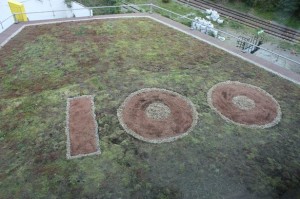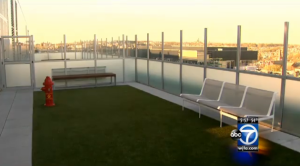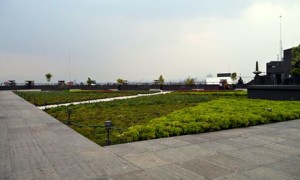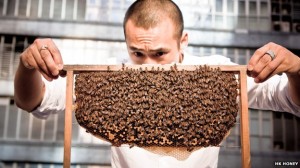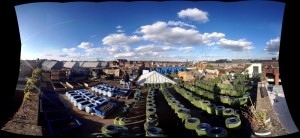by MARK J. MILLER, for National Geographic, April 29, 2014
This story is part of National Geographic‘s special eight-month “Future of Food” series.
U.S. cities lead a rooftop-farming movement that’s spreading around the globe.
For most urban dwellers, visiting a working farm requires a journey into the countryside. But in a growing number of world capitals, a farm is just a short elevator ride away—on the roof.
In Singapore, Amsterdam, Hong Kong, Tokyo, and Montreal as well as several U.S. cities, farms have been built atop multistory buildings.
“Five years ago, there were virtually no rooftop farms,” Steven Peck, founder and president of Green Roofs for Healthy Cities, told National Geographic. “Now they are starting to appear across the globe.”
Peck says that as fossil fuels become more expensive and the number of urban dwellers continues to rise, urban farming will help feed the population without increasing the cost and pollution of food transport.
Rooftop farming was born out of the green-roof movement, in which building owners partially or completely cover roofs with vegetation atop special waterproof membranes. Green roofs use plants and flowers to provide insulation, create a habitat for local wildlife, help control runoff, put more oxygen into the atmosphere—and provide a welcome, verdant break from urban drabness.
Rooftop farms take the green-roof concept a step further, with plots that provide fruits and vegetables for local residents and the chance for urban volunteers to become part-time farmers.
